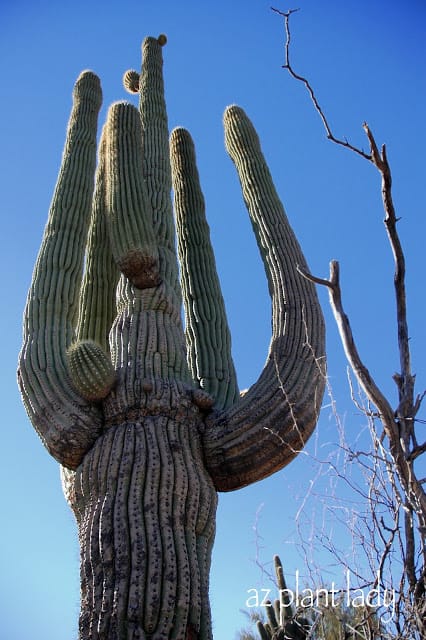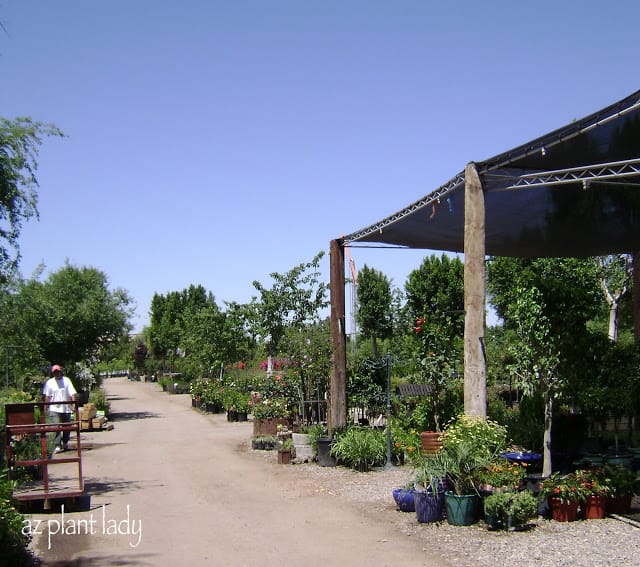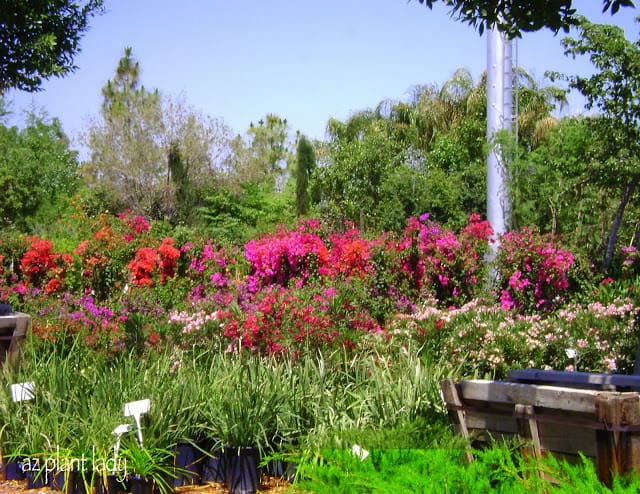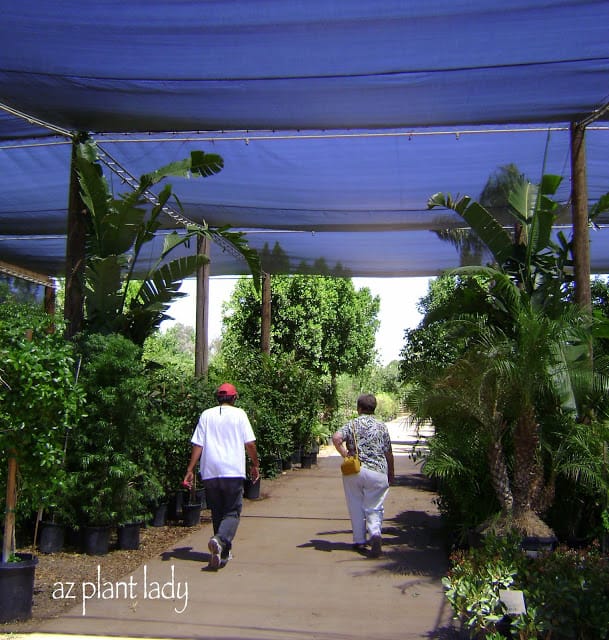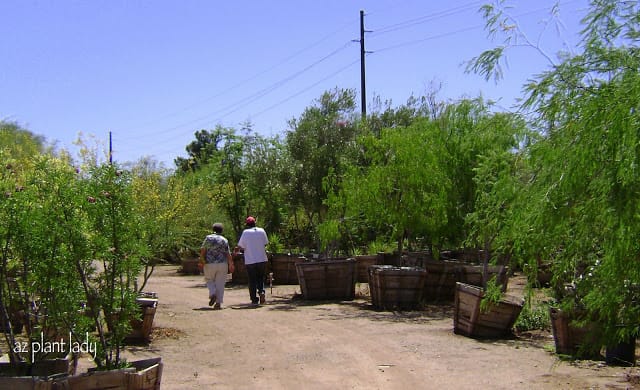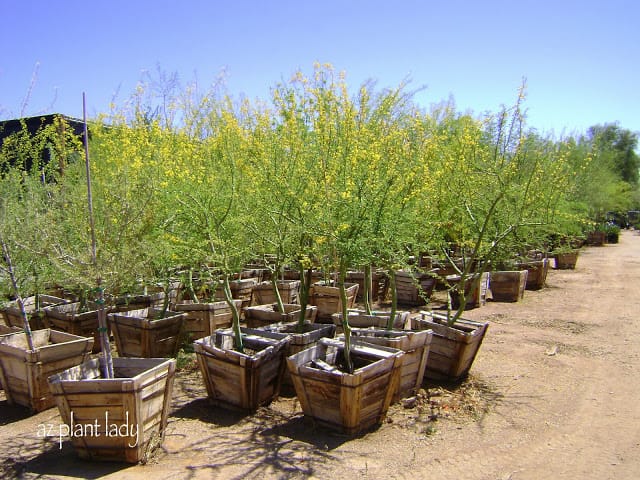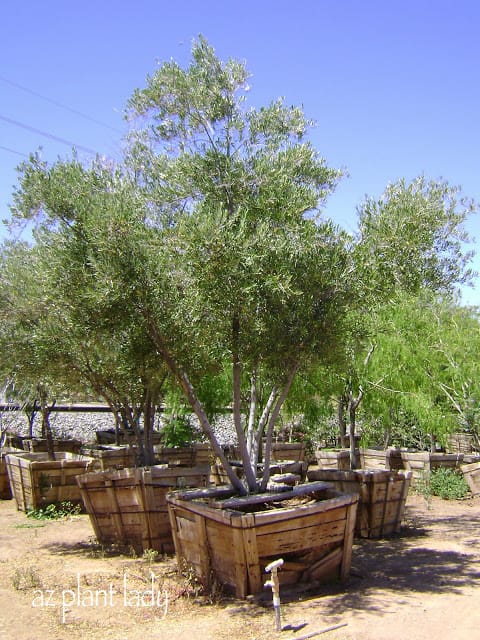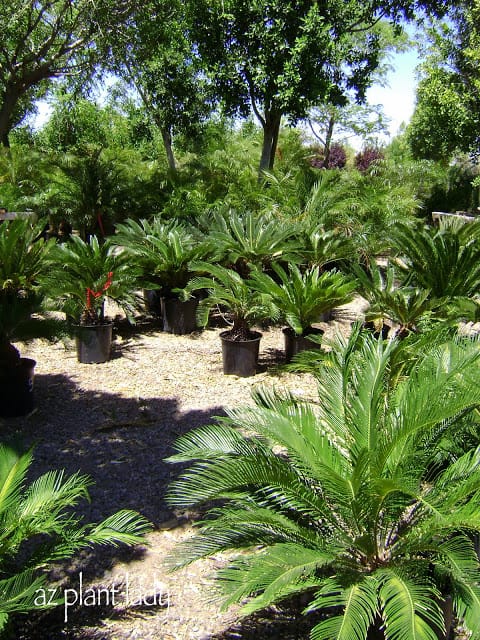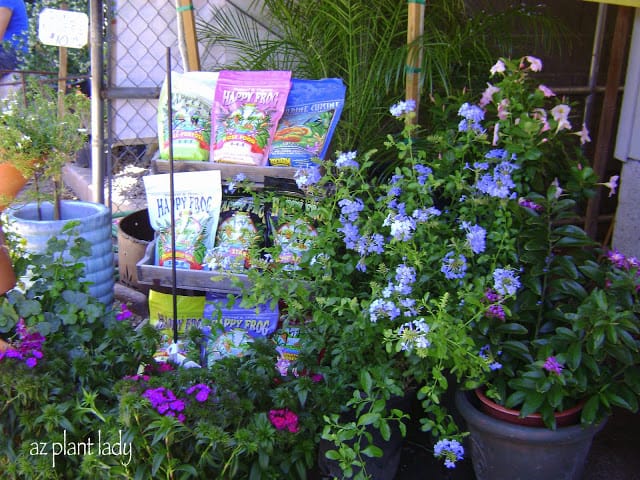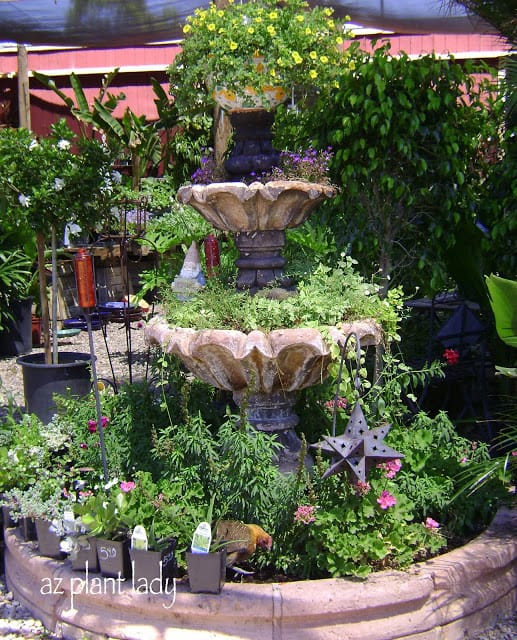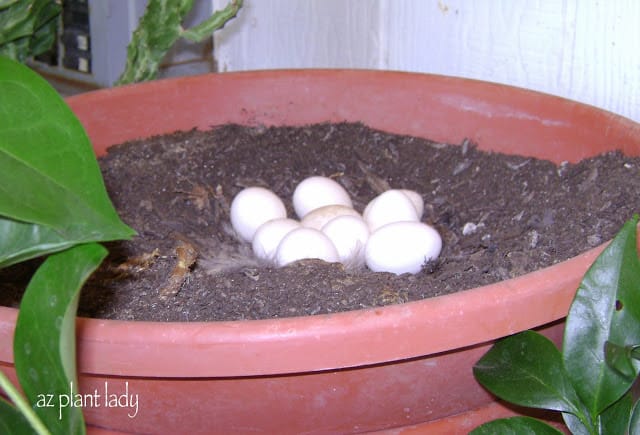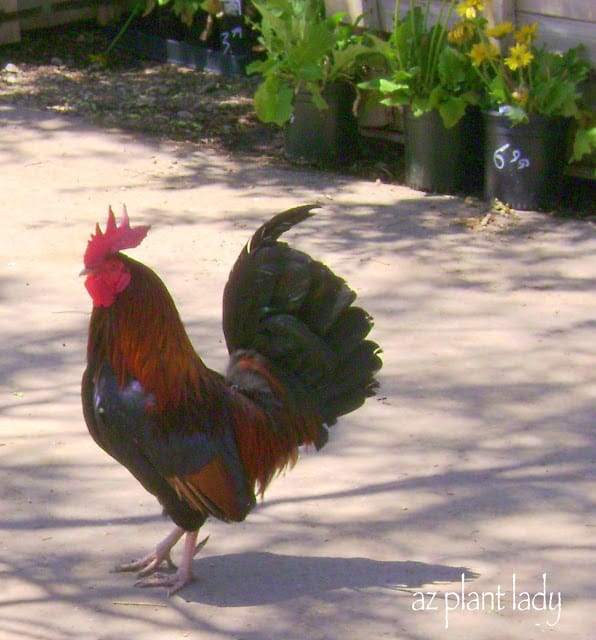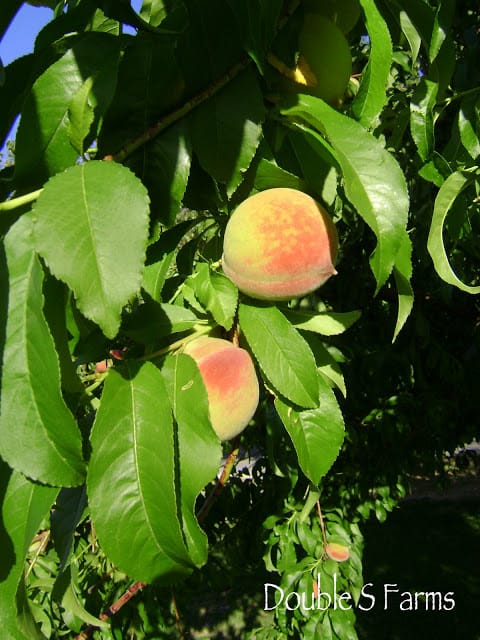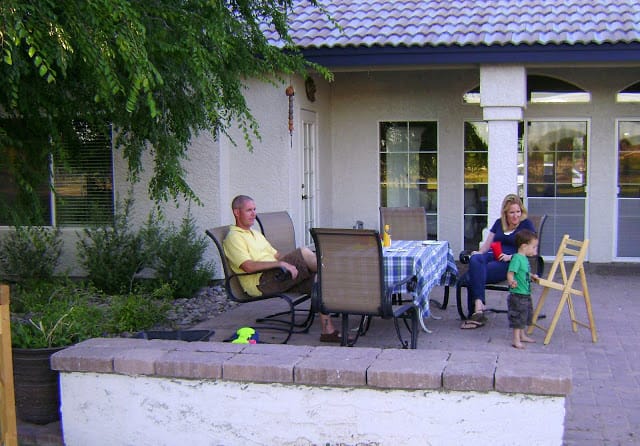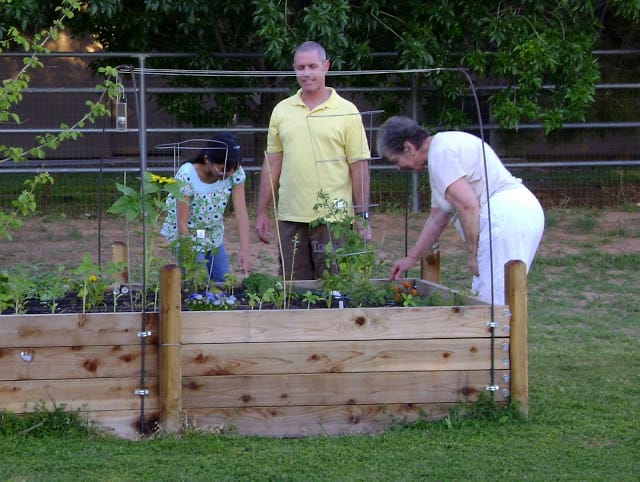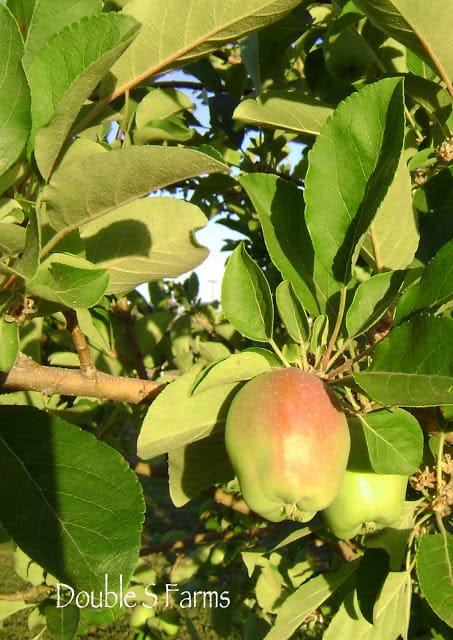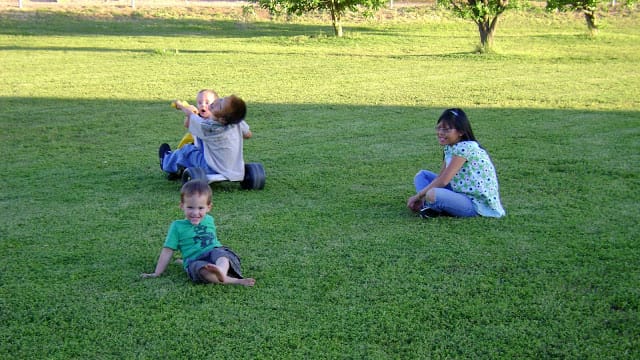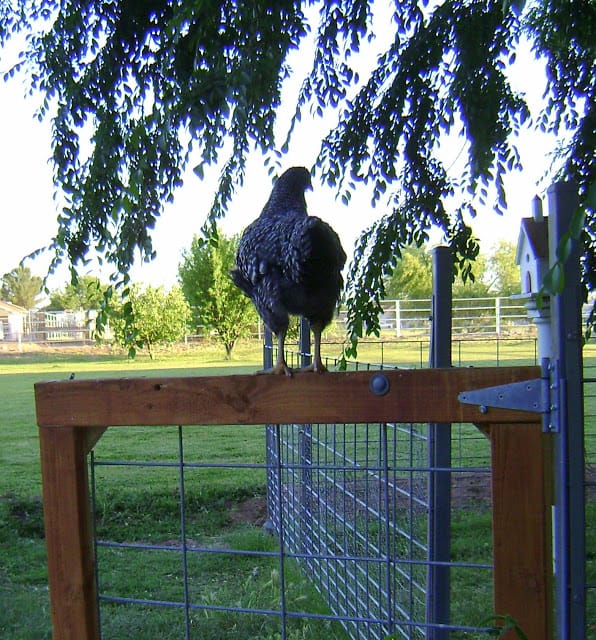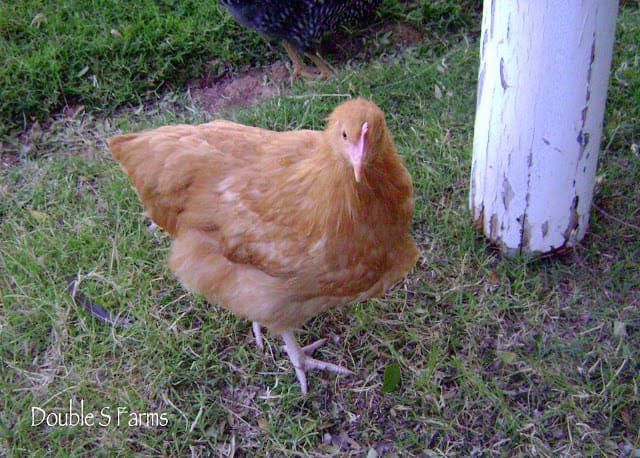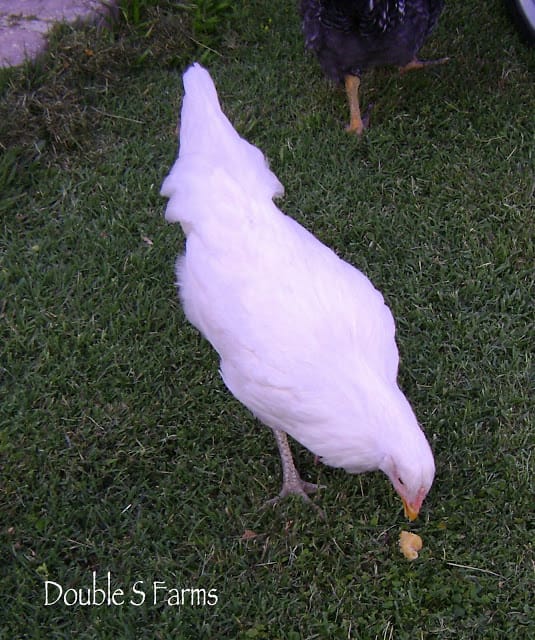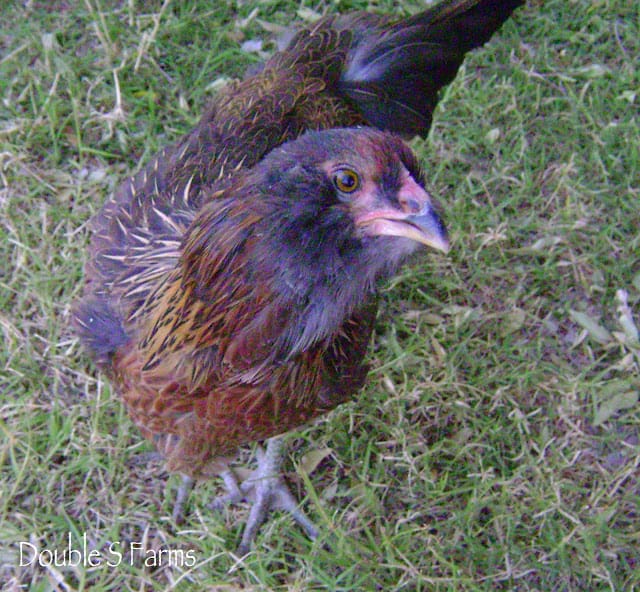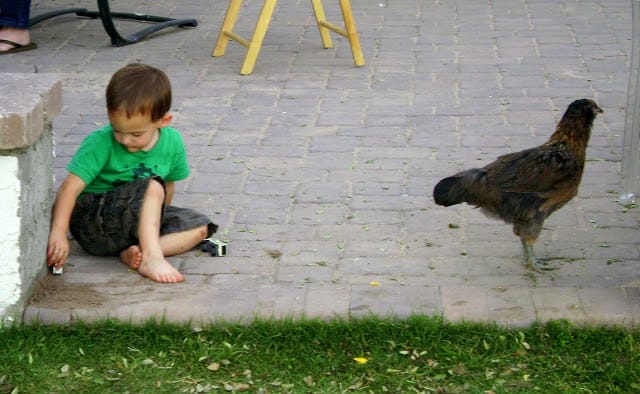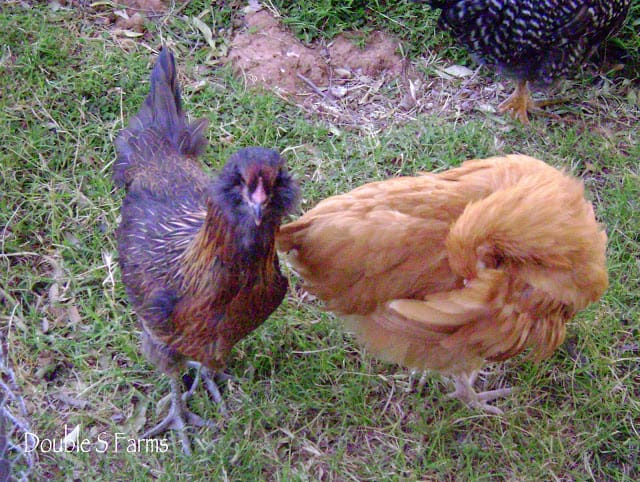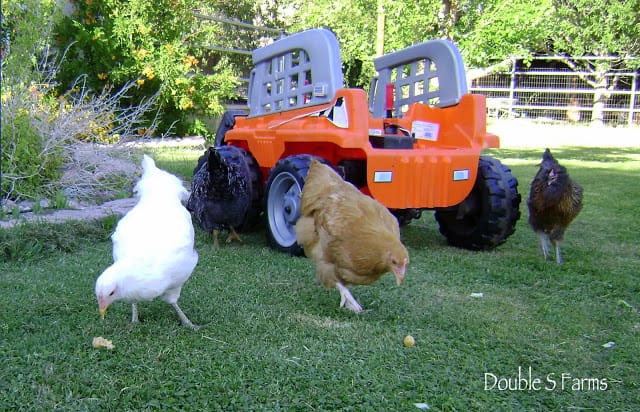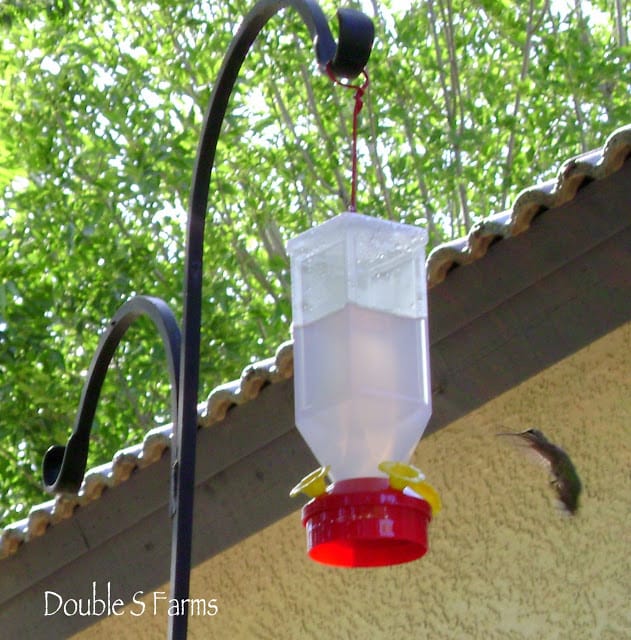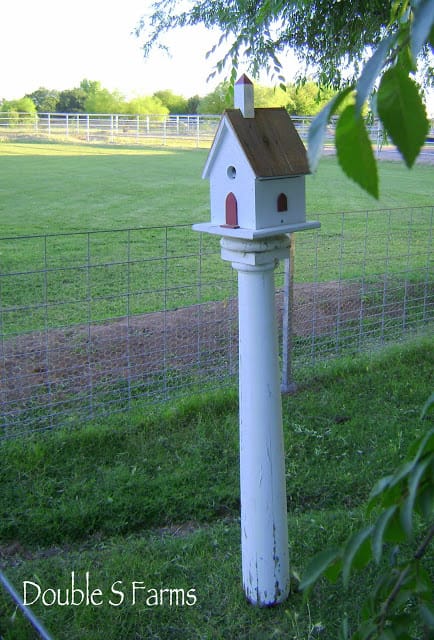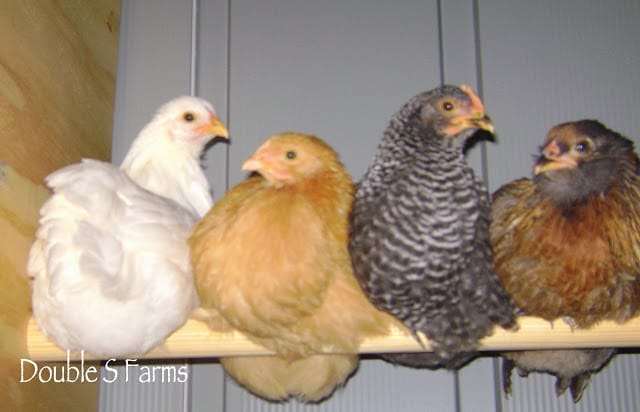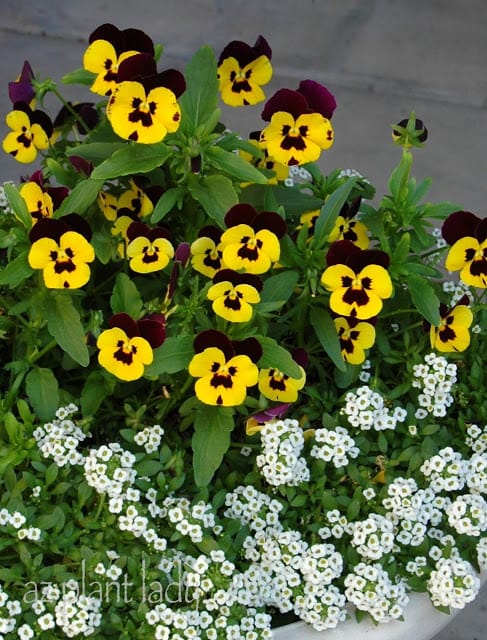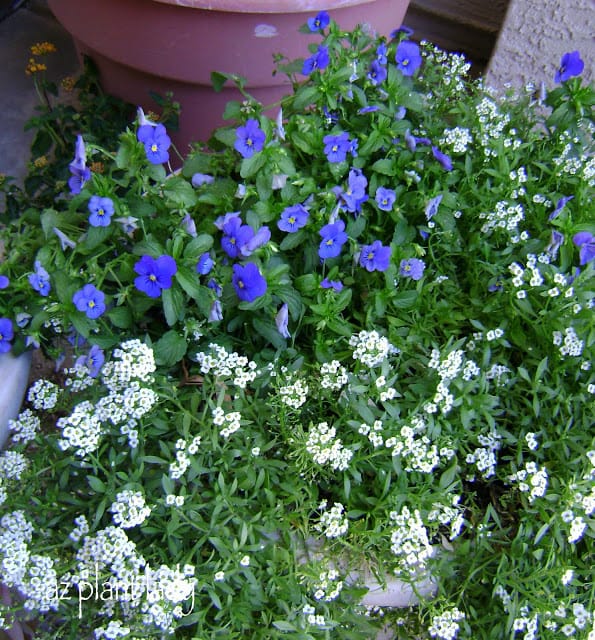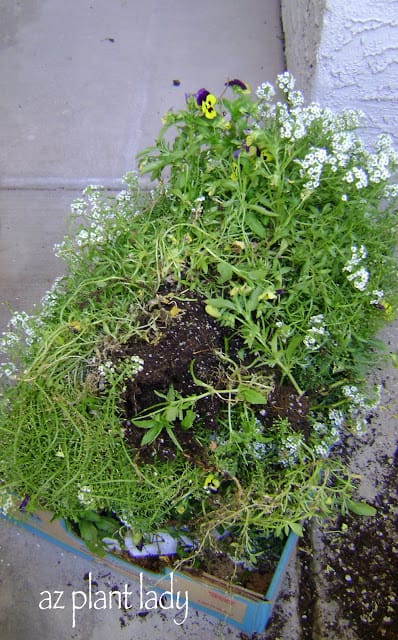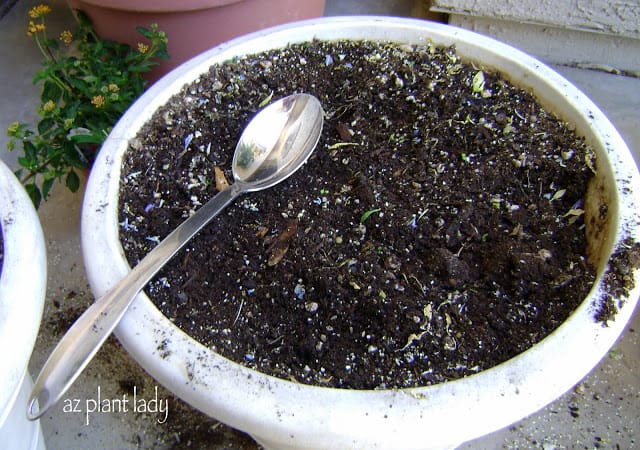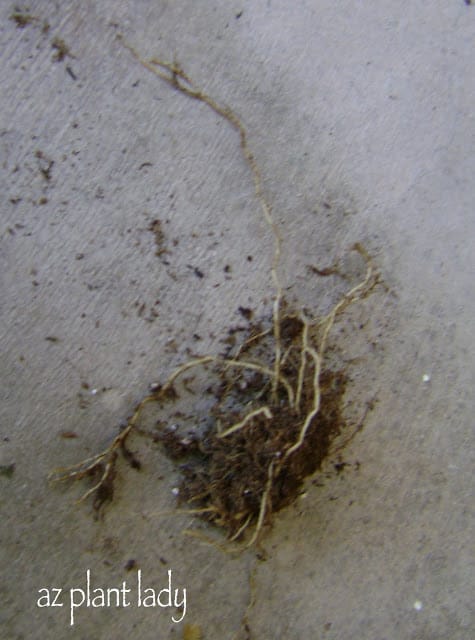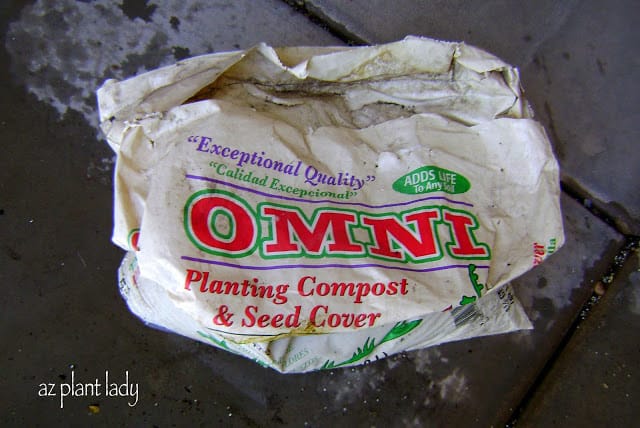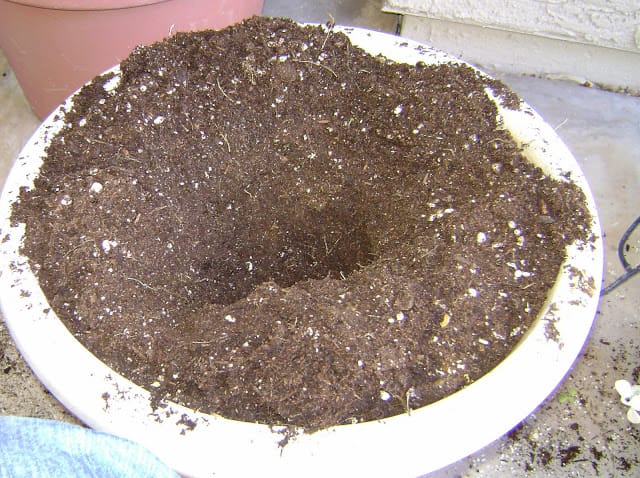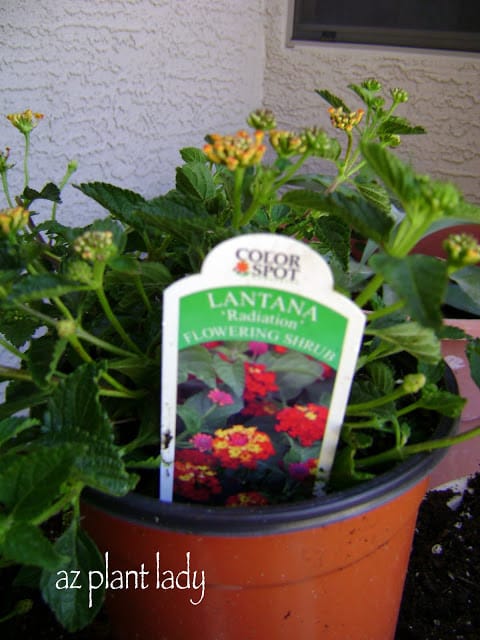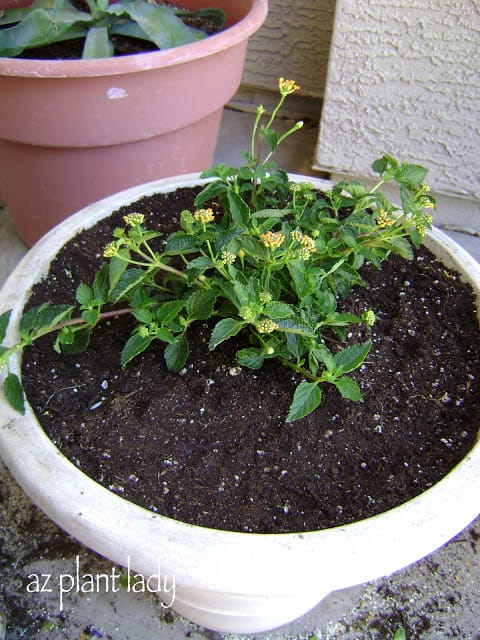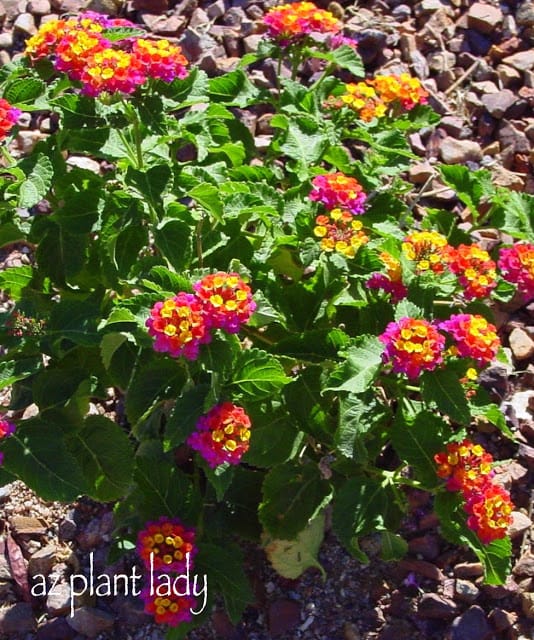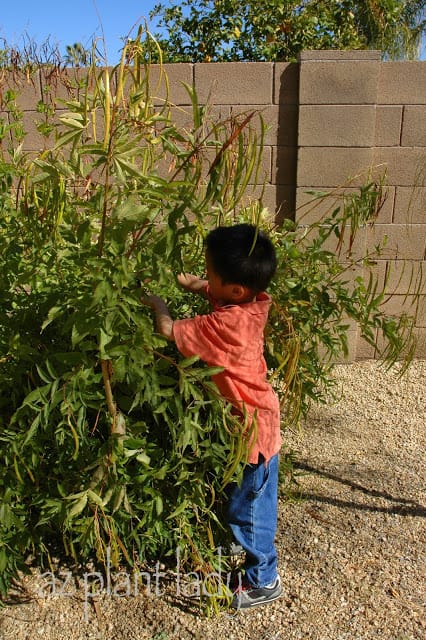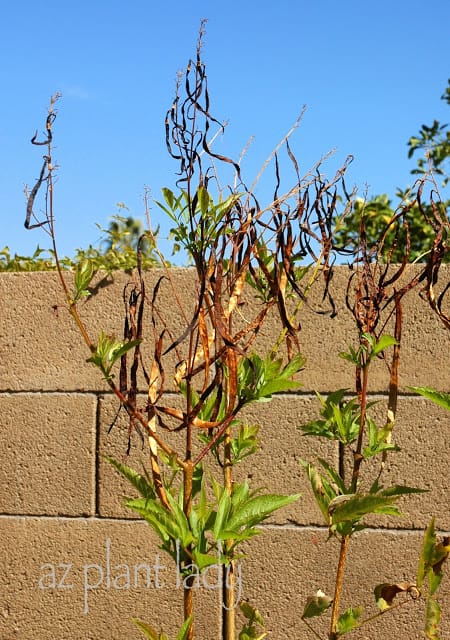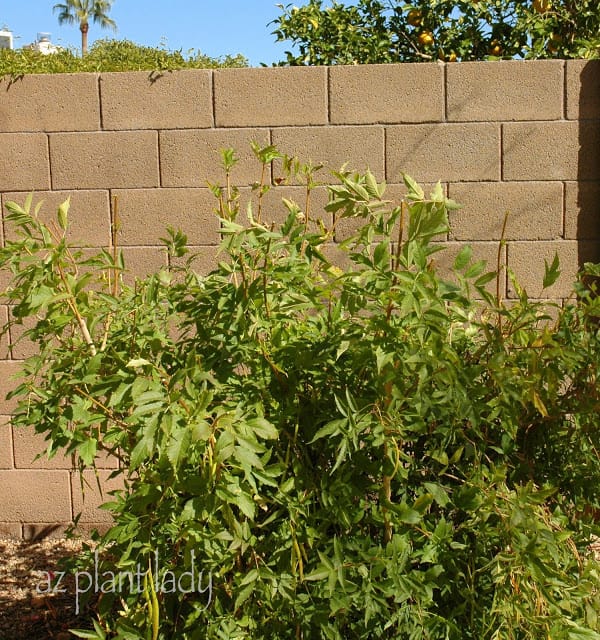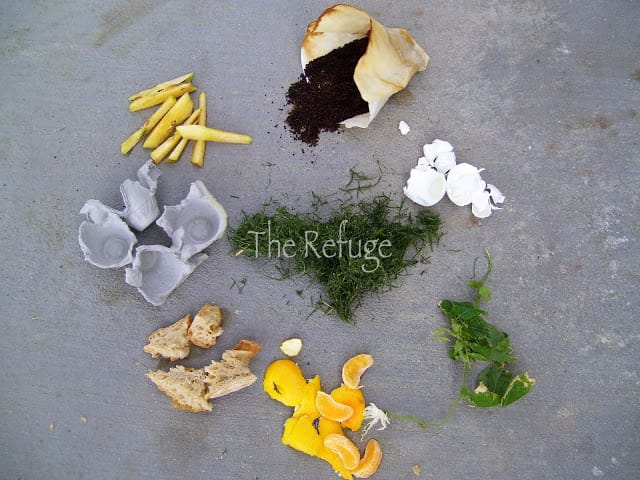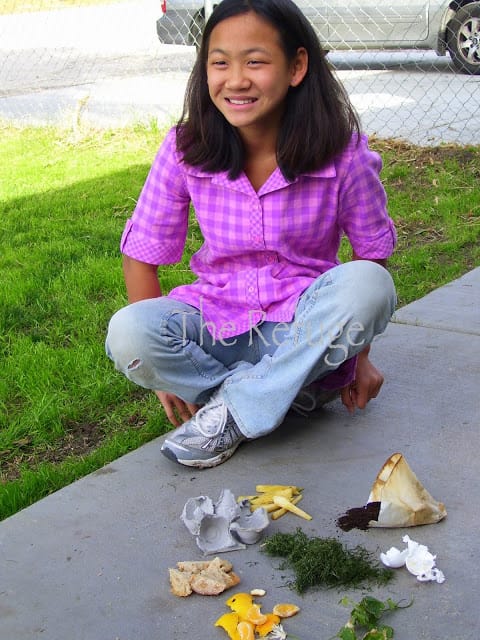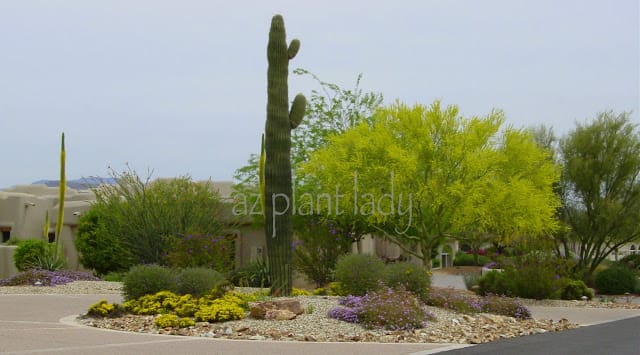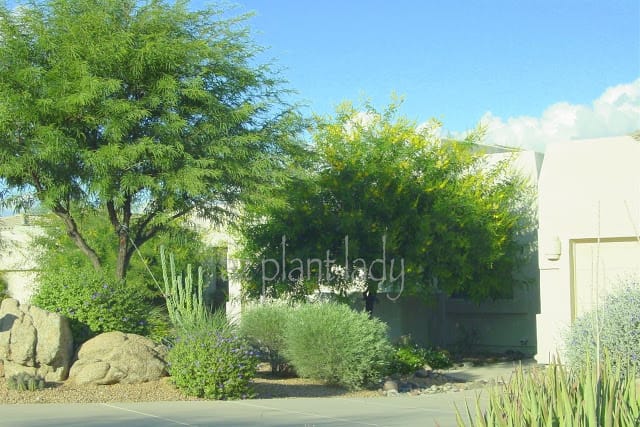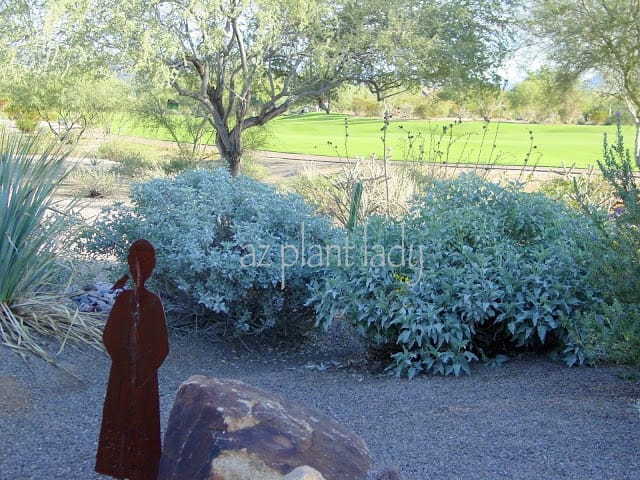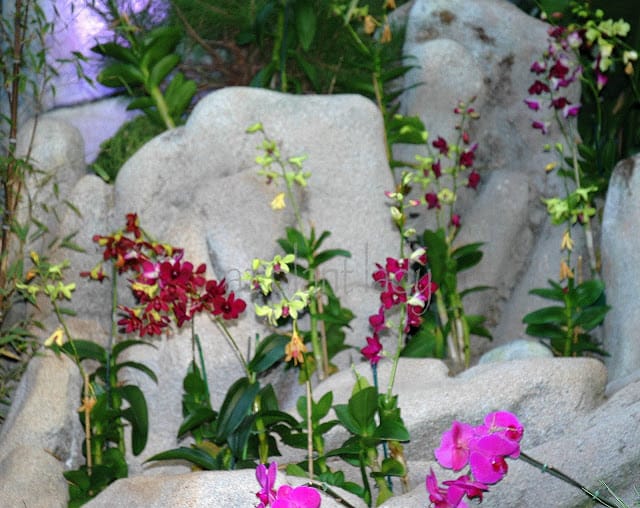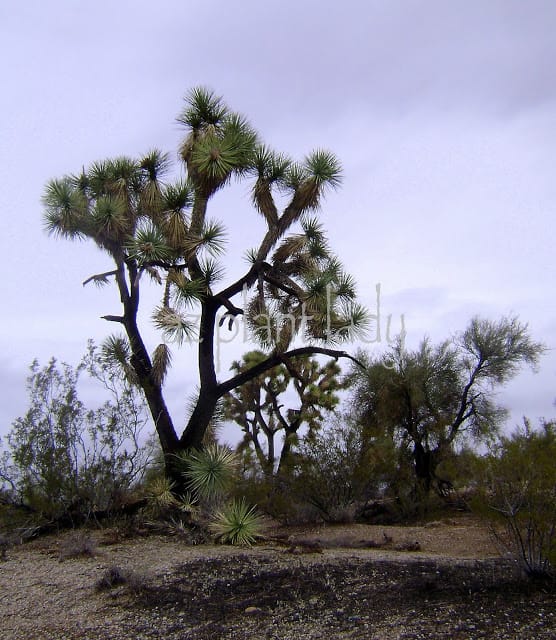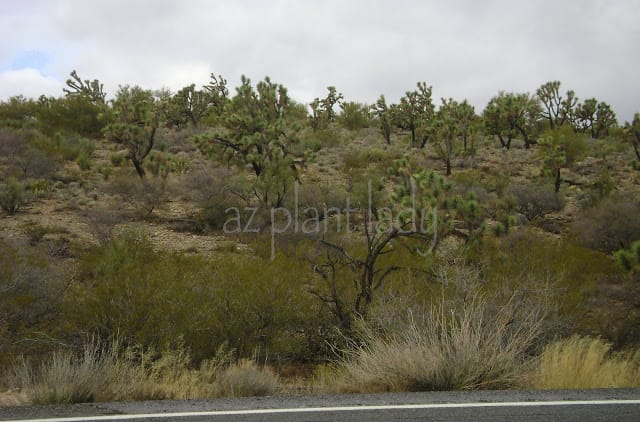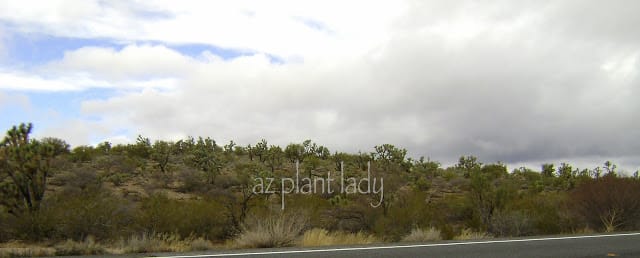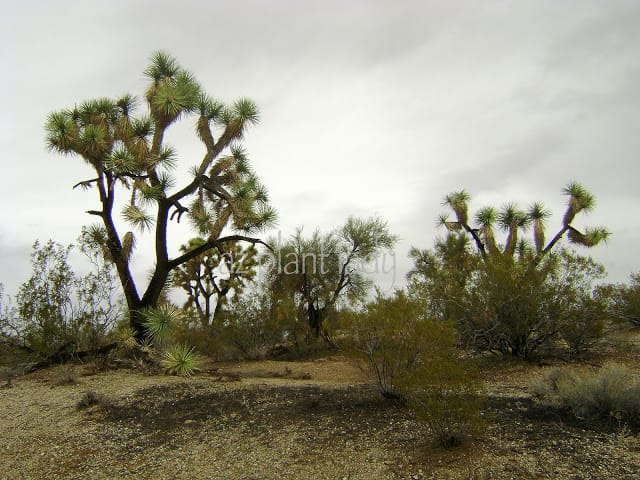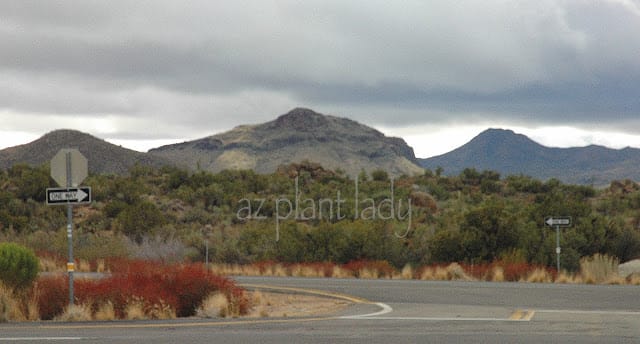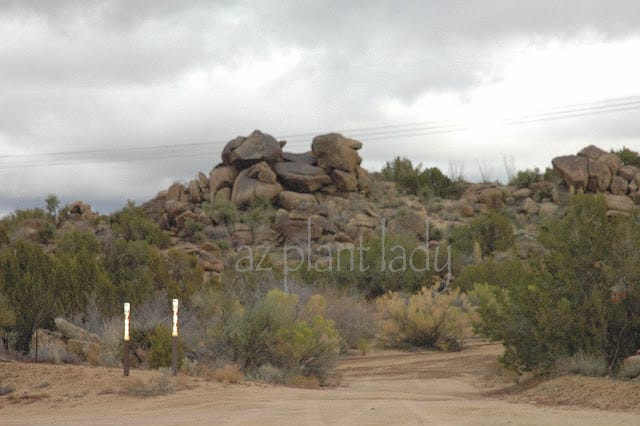Ripening Corn in My Vegetable Garden
In my vegetable garden, I’ve been closely monitoring the growth of our corn stalks and corn ripening stages; it’s been a fascinating journey.
Each day, these corn stalks grow noticeably by inches, and recently, we’ve observed a significant development – the emergence of the tassel, the male part of the corn plant.
Ripening Stages of My Garden Corn

Corn Ripening Stages
Did you know that corn is actually an edible herb that comes from the same family as grass?
–Noelle Johnson

Corn Ripening Stages
As we marveled at the tassels, full of yellow pollen, we couldn’t help but notice another intriguing phenomenon occurring on the sides of the corn stalks – the formation of corn silk. Each silk strand leads to a single ovary, and when fertilized, it will ultimately become a single kernel of corn.

After Pollen Comes Corn Silk
Corn silk has started to form. Each silk leads to a single ovary and when fertilized will turn in a single kernel of corn.
Now, when it comes to growing corn, it’s important to plant it in rows of at least three to ensure proper pollination. My vegetable garden only has two rows. To compensate for this, my kids and I decided to assist with the pollination process by gently shaking the cornstalks daily. This action creates a delicate cloud of yellow pollen that falls onto the silk.

After Fertilization Comes Corn Growth
Once the corn has been fertilized, the silk turns brown within 30 minutes indicating that it has been successfully pollinated. If you look closely at the picture above, you can see the pollen sticking to the silk. Below is a complete list of the 9 corn ripening stages you might see when growing corn.
The 9 Corn Ripening Stages
A fascinating and critical part of the corn growth cycle are the corn ripening stages. Understanding these stages can help farmers and gardeners alike determine the best time for harvesting corn. Here are the key stages of corn ripening:
1. Vegetative Growth:
This is the initial stage of corn development, where the plant focuses on building a strong root system and growing tall stalks and leaves. During this phase, the plant is primarily concerned with capturing sunlight and nutrients to support future growth.
2. Tassel Formation:
As the corn plant matures, it begins to develop the tassel, which is the male part of the plant. The tassel consists of long, slender structures that release pollen into the air. This pollen is essential for fertilizing the female parts of the plant.
3. Silk Emergence:
Concurrently with tassel development, the corn plant also produces silk, which is the female part of the plant. Each silk strand corresponds to a potential kernel of corn. The silks emerge from the ear (the part of the corn plant where the kernels will develop) and extend outward.
4. Pollination:
Pollination is a critical stage in corn ripening. Wind plays a crucial role in this process. Pollen from the tassels is carried by the wind to the silks, where fertilization takes place. Each silk strand must be pollinated for a kernel to develop. Proper pollination is essential for a good corn yield.
5. Kernel Formation:
After successful pollination, the fertilized silks start to develop into kernels. Each kernel corresponds to a single strand of silk. The kernels begin to swell and fill with starch, nutrients, and moisture.
6. Milk Stage:
At this stage, the developing kernels are filled with a milky fluid that contains sugars, proteins, and other nutrients. The kernels are still soft and not yet fully mature. This is a common stage for sweet corn harvest.
7. Dough Stage:
As the corn continues to ripen, the milky fluid in the kernels starts to become more solid, and the kernels become dough-like in texture. The corn is no longer suitable for sweet corn consumption but is ideal for certain types of corn products like cornmeal or hominy.
8. Dent Stage:
The kernels in this stage develop a dent at the top, giving the stage its name. The kernels have lost most of their moisture content and are considered mature. This stage is important for field corn varieties used for livestock feed and processing into various corn products.
9. Physiological Maturity:
At this final stage, the corn plant has reached its maximum dry weight. The kernels have hardened and have a low moisture content, making them suitable for harvesting. This stage is crucial for corn grown for grain production.

Multiple Ears of Corn on a Single Stalk
Surprisingly, some corn stalks produce not just one, but two ears of corn. While a typical corn stalk yields at least one ear, many varieties can produce two. Interestingly, the second ear forms after the first and is always smaller in size.
I bet you didn’t expect all of this corn trivia when you started to read this post, did you? Well, I love learning new things and vegetable gardening is somewhat new to me and I find so much of what I have learned fascinating.
I hope you enjoyed this exploration of corn ripening stages in my garden. Wishing you all a wonderful day!
Container Corn is “For The Birds”


